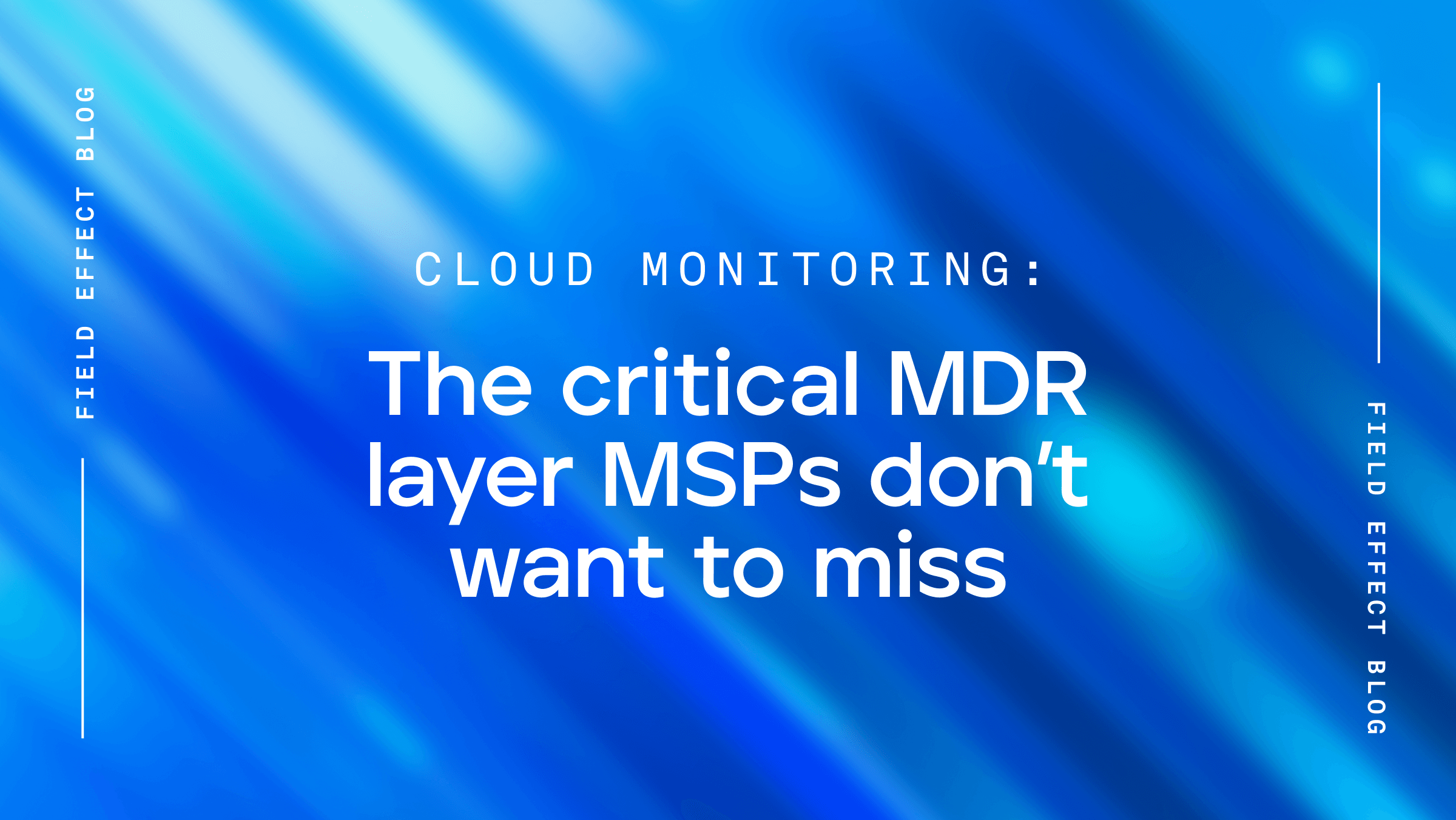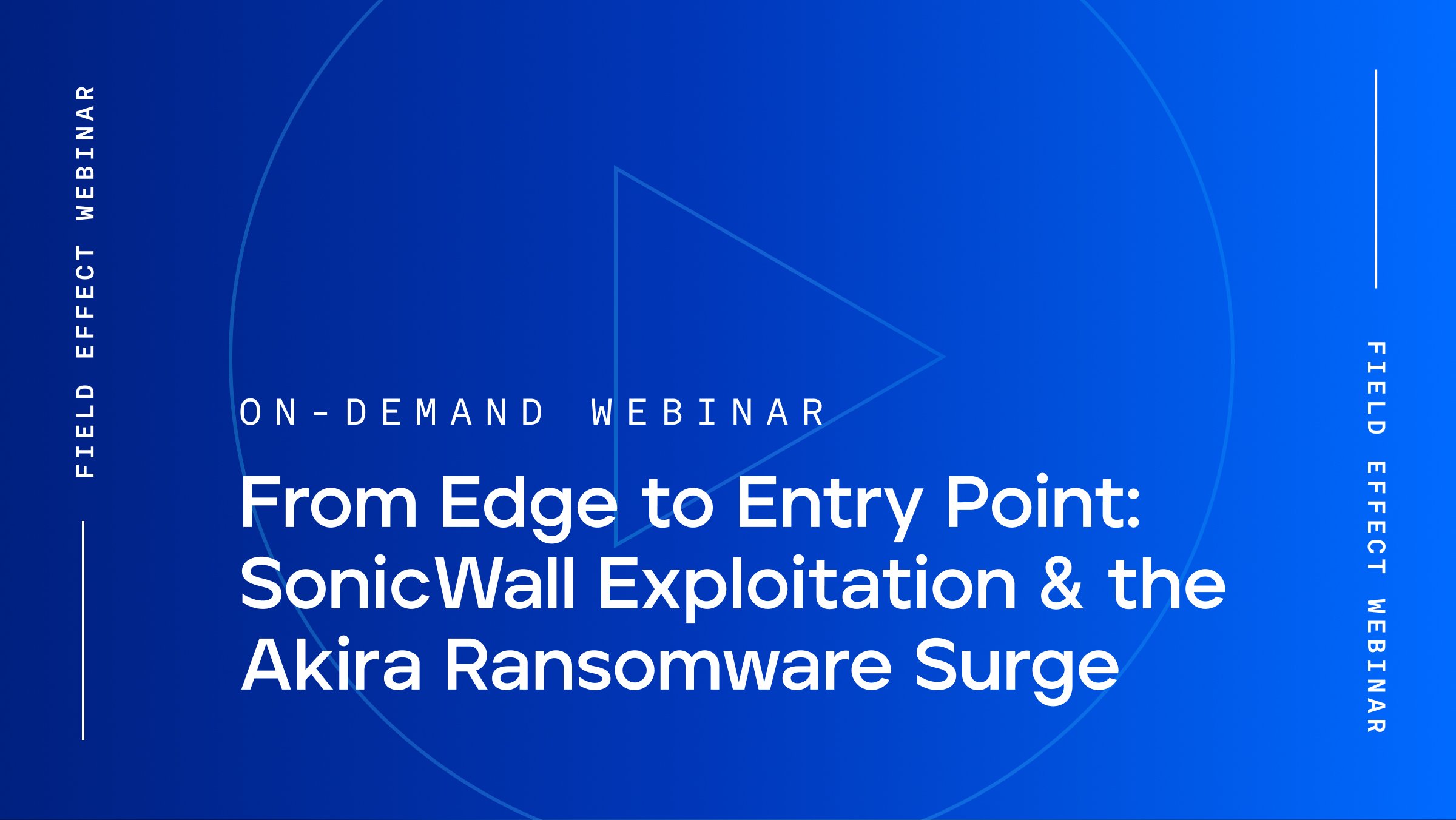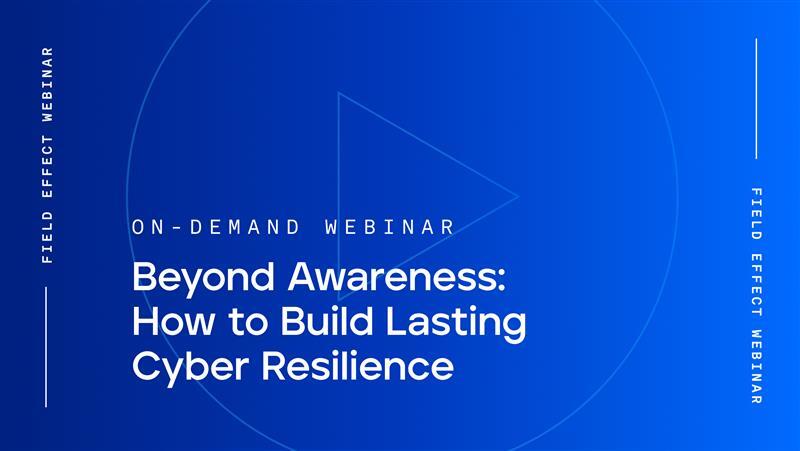
Blog Post
Last updated: January 19, 2024
Let’s face it: cybersecurity compliance gets overwhelming quickly. Companies must navigate a sea of jargon and acronyms to get it right—from the Health Insurance Portability and Accountability Act (HIPAA) to ISO 27001.
But the good news is, once you start looking into all of the different cybersecurity compliance frameworks your company needs to follow, there’s actually quite a bit of overlap.
One of the most challenging aspects of instituting a good cybersecurity compliance plan for your company is wrapping your head around the specific requirements you need to meet.
That’s why we’re sharing this article. It uses plain language to define the modern cybersecurity landscape and highlights critical areas of overlap in various regulations and frameworks to help you find the best path forward.
So, let’s get started.
Many businesses have a deficit of internal cybersecurity expertise. That’s not for a lack of trying; it’s challenging to find and hire experts in all of the security niches relevant to your business. This is why following best practices and their associated frameworks is so critical.
It’s also one reason why regulatory bodies in the United States, Canada, and elsewhere set specific cybersecurity regulations. The process of following and meeting the requirements laid out by these regulations is collectively known as cybersecurity compliance.
Another reason governments create these regulations is to protect the private information individuals share with companies. For example, HIPAA was passed in the United States to protect Americans’ sensitive health data, while the European Union passed the General Data Protection Regulation (GDPR) to protect internet users’ private data online.
As a business leader, it’s often on your to-do list to make sure your company meets the regulatory requirements it needs to, which can vary based on industry and geography. When you talk to your team about compliance, it can be helpful to split your efforts into two categories:
The first “flavor” of compliance you should consider is regulatory compliance. This refers to those cybersecurity practices your company is legally obligated to follow. If it doesn’t, your business could face a variety of repercussions, up to and including significant fines and penalties.
The specific cybersecurity regulations your company needs to follow will depend on your location, industry, and where your customers live. For example, the EU’s GDPR applies to companies located in Europe and those selling products to European citizens. Meaning, you may need to follow this even if your company is based in the United States.
When developing your compliance strategy, you should start by researching the requirements you must follow by law. It may be helpful to speak with a specialist who can offer some guidance.
There’s a lot of guidance available to help businesses comply with the regulations they find themselves in scope of. Cybersecurity frameworks are great tools to help achieve compliance, acting as a “compliance checklist” for companies to follow.
Following these guidelines can help you ensure regulatory compliance, especially for organizations and teams just starting out on their compliance journeys.
Governments create compliance requirements and regulations to establish standards and protections around certain industries and activities. As we mentioned, guidance is often available but largely requires some translation to turn the legal text into easy-to-understand language.
That’s why you also hear people talk about best practices compliance. This means following industry-wide standards for cybersecurity that often echo the rules you must follow due to regulatory compliance—albeit with more concrete direction.
For example, some statistics show that multi-factor authentication (MFA) can stop over 99% of modern automated cyberattacks. That makes it a smart policy to implement at your company, even if there are no regulatory requirements that your business do so.
The challenge comes in identifying the specific practices your company should follow. This is where frameworks can be helpful. But if you don’t have enough cybersecurity expertise to follow them internally, that may be another reason to consider partnering with a cybersecurity firm that can help.
Meeting your legal obligations regarding cybersecurity compliance will help your business avoid potentially costly fines and penalties. But there are also reasons to prioritize compliance beyond that goal.
For example, cybersecurity compliance isn’t just about checking a box. The efforts your business puts into compliance activities will improve overall security and make it harder for the bad guys to infiltrate your defenses.
Beefing up your security can also lead to several beneficial knock-on effects. Your reputation could improve, and your company may be able to use its enhanced security efforts as part of a broader marketing strategy.
Finally, cybersecurity compliance is also vital to an effective risk management strategy. The right policies and procedures can significantly minimize your company’s downside risk, which can be critical to all stakeholders—from employees to investors.
We’ve talked a bit about the general challenges of cybersecurity compliance, but you may encounter more specific obstacles as your businesses work towards achieving it.
Here are a few:
One way to simplify some of the challenges of cybersecurity compliance is to look for that overlap we touched on earlier. These are practices or policies mandated by more than one framework, and instituting them lets you cross two items off your to-do list with a single action.
At this point, you’re ready to start diving into the specifics of what cybersecurity compliance looks like for your company. It’s helpful to start by looking at overarching themes that many of these frameworks share. That way, you can begin to change your practices in the ways you need to without duplicating any work.
Here are some critical areas of compliance-related overlap to get you started.
Limiting who can access whatever sensitive information a business holds is a common cybersecurity best practice that features in multiple frameworks and regulations. This is why access control is a key focus for many commercially available security solutions.
You can implement information access controls through policies and technology. For example, you might create a policy of only giving employees access to data they need to do their jobs. At the same time, you could set up a managed security solution that offers end-to-end monitoring and alerts to help you block unauthorized access faster when it happens.
A key challenge in this process is setting up a solution that tracks and blocks unauthorized access across all of your protected systems and databases. The easiest way to do this may be to partner with a managed security provider like Field Effect. Our holistic cybersecurity solution, Covalence, can detect and alert you to authentication attempts outside standard use patterns.
In the ever-evolving cybersecurity landscape, regulators don’t just want companies to worry about preventing known attacks. They also want organizations to do what they can to spot and defend against emerging, largely unknown threats.
This requires a sophisticated cybersecurity solution that can perform both signature and heuristic-based analytics. With this combination, a company can quickly find and resolve known threats while flagging unknown potential threats for further investigation.
The key to this type of compliance is ensuring you have the expertise to evaluate unknown threats and the risks they present accurately and timely. That expertise can come from inside your company if you have it, or you can use a third-party solution.
Companies also typically need to record incidents when they occur and retain the logs for future reference. For example, if your company has to follow HIPAA regulations, then you must record and retain a significant amount of data for at least six years.
This may sound straightforward in theory, but that’s a sea of information to keep track of in practice. All activity related to protected health information (PHI) needs to be tracked, stored, and accessible in the event of an audit.
Now consider that a recent study by IBM found that 83% of organizations experienced more than one data breach in 2022; some companies experience more than 1,000 security alerts every day. All that information has to be logged, with a remarkable amount of detail.
With incident logging, you also need to consider the rules around information storage related to the specific regulatory frameworks your company must follow. As an example, the type of data you need to store to comply with the GDPR can differ from your obligations under HIPAA.
Network monitoring is another common element in multiple regulations and frameworks. It means watching over your company’s total threat surface so you can identify and resolve alerts and breaches faster.
When an organization doesn’t have appropriate network monitoring, it lacks the visibility it needs to stop a range of attacks. This is why many government-created regulatory frameworks ask companies to watch over their networks in specific ways.
Many regulations and frameworks will also recommend or require your organization to have a system to identify and address potential vulnerabilities. This means analyzing your threats plus the current systems you have in place for defending against them to see where there may be gaps.
For example, you might discover that hackers are using a new phishing strategy you weren’t previously aware of. This could prompt you to analyze your systems for where they may be vulnerable to that kind of attack.
Vulnerability monitoring aims to determine the avenues an attacker could use to bypass the protections you’ve put in place. Doing this well can meaningfully reduce your company’s risk of experiencing a future breach.
A framework may ask you to consider how you’re preventing unauthorized users from physically accessing server rooms, company machines, and other hardware that bad actors could potentially use to breach your systems.
This is particularly important for companies that must adhere to the ISO 27001 framework.
Keeping your business compliant with its cybersecurity obligations can be challenging. The legislation is often dense, the rules seem to change frequently, and your organization may not have the internal expertise it needs to verify compliance.
If you want to dig further into this topic, including how an all-in-one cybersecurity solution can simplify your compliance efforts significantly, grab a copy of our new compliance white paper.


